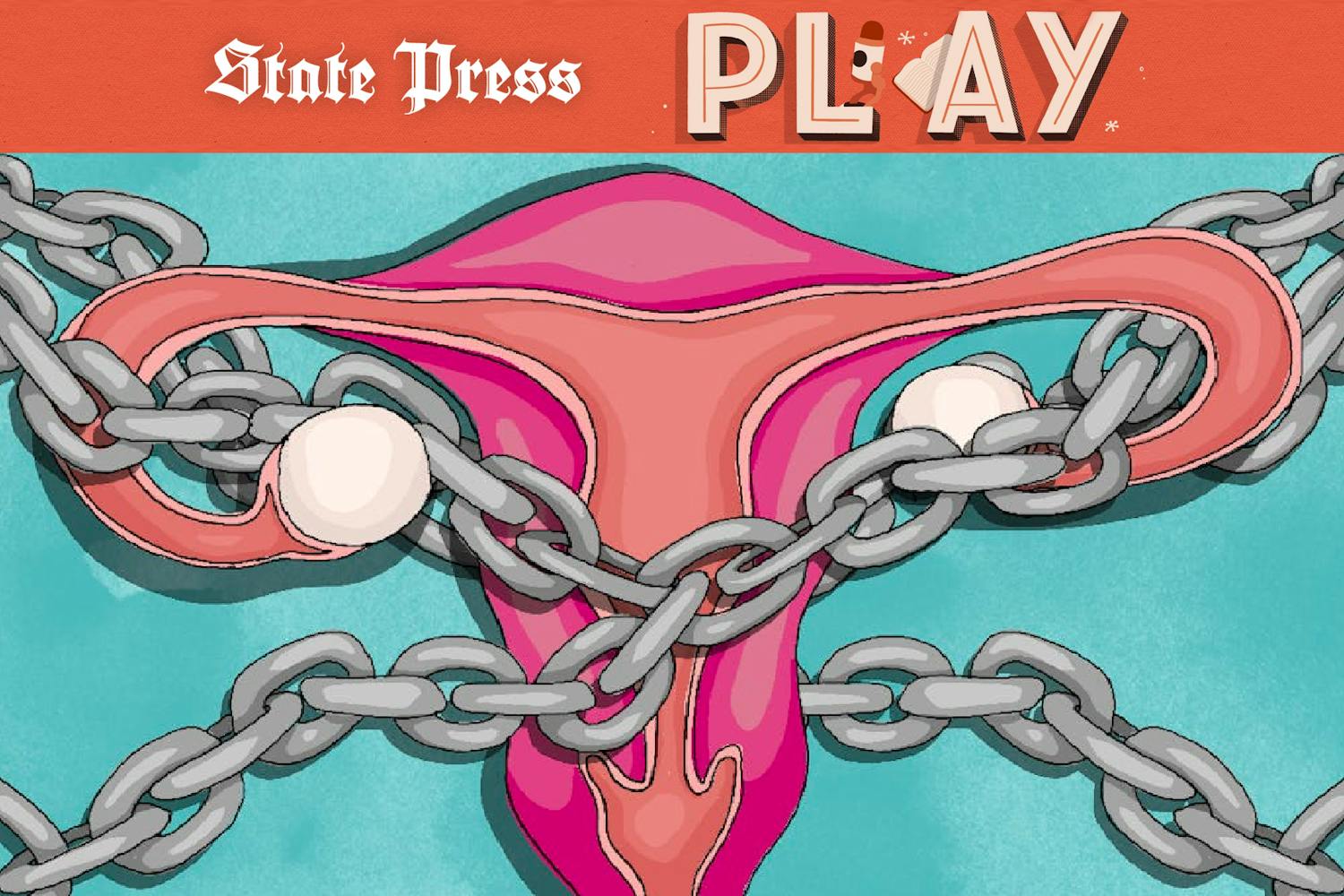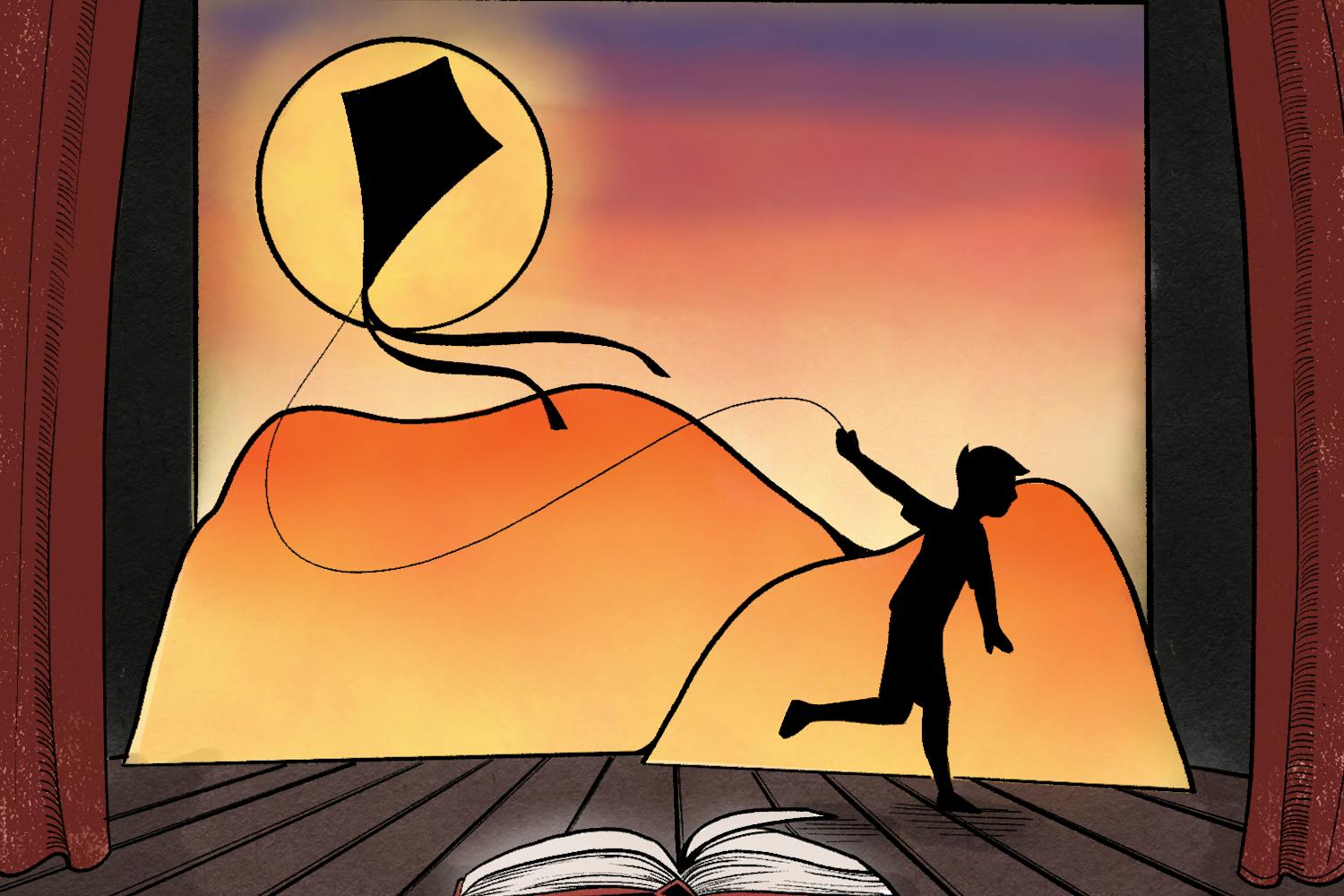POINT:
 From YouTube to Vine, the World Wide Web has exploded with new platforms for users to share videos. Through this, a new genre of video has developed: inspirational viral videos. These videos have captivated audiences around the world, encouraging social change one clip at a time.
From YouTube to Vine, the World Wide Web has exploded with new platforms for users to share videos. Through this, a new genre of video has developed: inspirational viral videos. These videos have captivated audiences around the world, encouraging social change one clip at a time.
These videos range from simple social experiments to large-scale productions that pack powerful messages. For example, NBC producer and presenter Ben Aaron observed an individual dancing down the streets of New York. Aaron then decided to pick up the behavior and collected some new friends to join him.
| See counterpoint here |
Another video pits a gay and homophobic person together, asking them to hug for the first time. The video focuses on the reactions of both parties, capturing the uncomfortable exchange and the realization of common ground.
These types of engagement videos flood social media, popping up on Facebook profiles and in tweets daily. Individuals chose to share these moments with their circle of friends, discussing the message and their personal impressions.
Why are these videos so wildly successful? They put taboo situations on camera for the public to watch, charging them with emotions.
“Positive emotions such as exhilaration and hilarity elicit 40 percent more shares than video content with negative themes such as shock, fear or anger,” reported Dr. Karen Nelson-Field, Senior research associate at theEhrenberg-Bass Institute for Marketing Science from data collected over a two-year study. “But any strong emotional pull — whether positive or negative — is twice as likely to be shared than content that provokes a weak emotional response.”
These emotionally charged videos are redeveloping the way we view societal conflicts and community engagement. They take the words and actions we’re fearful to say and do based on the previous definition of “acceptable” and shove them in our face through our computer screens.
However, some feel these videos are borderline cheesy by tapping in to the emotional appeal of the public. The videos that are successful reach this appeal by telling a story to their audience — it’s not forced, but rather evoked through the message.
“… The aim should be powerful, timely storytelling that reaches as wide an audience as possible,” Kate Cooper, managing director at social media agency Bloom Worldwide, told The Guardian.
Because these videos are capturing reactions of ordinary Joes and lack a script, the emotions are raw and the stories are relatable. This allows a medium for any message to grab onto, bringing in an audience with the most interesting subject matter: themselves.
Another important aspect of these videos is the call for a response from the audience who watches them. By creating a space for discussion, the content of the conversation lies more in the issue than the actual video itself. Talk of change begins to develop.
Sites such as Upworthy.com dedicate their work to spreading these videos, using the slogan “Things that matter. Pass 'em on” on their home page. Powerful messages continue to spread like wildfire across the Web, leaving a trail of hope lined by a walkway of change.
While we simply indulge in these videos for now, the producers of the clips have a different motive that is quickly surfacing. In a nation that consistently uses its freedoms to demand equality, these videos are just another step forward in a promising direction.
Reach the columnist at rsmouse@asu.edu or follow her on Twitter @BeccaSmouse




